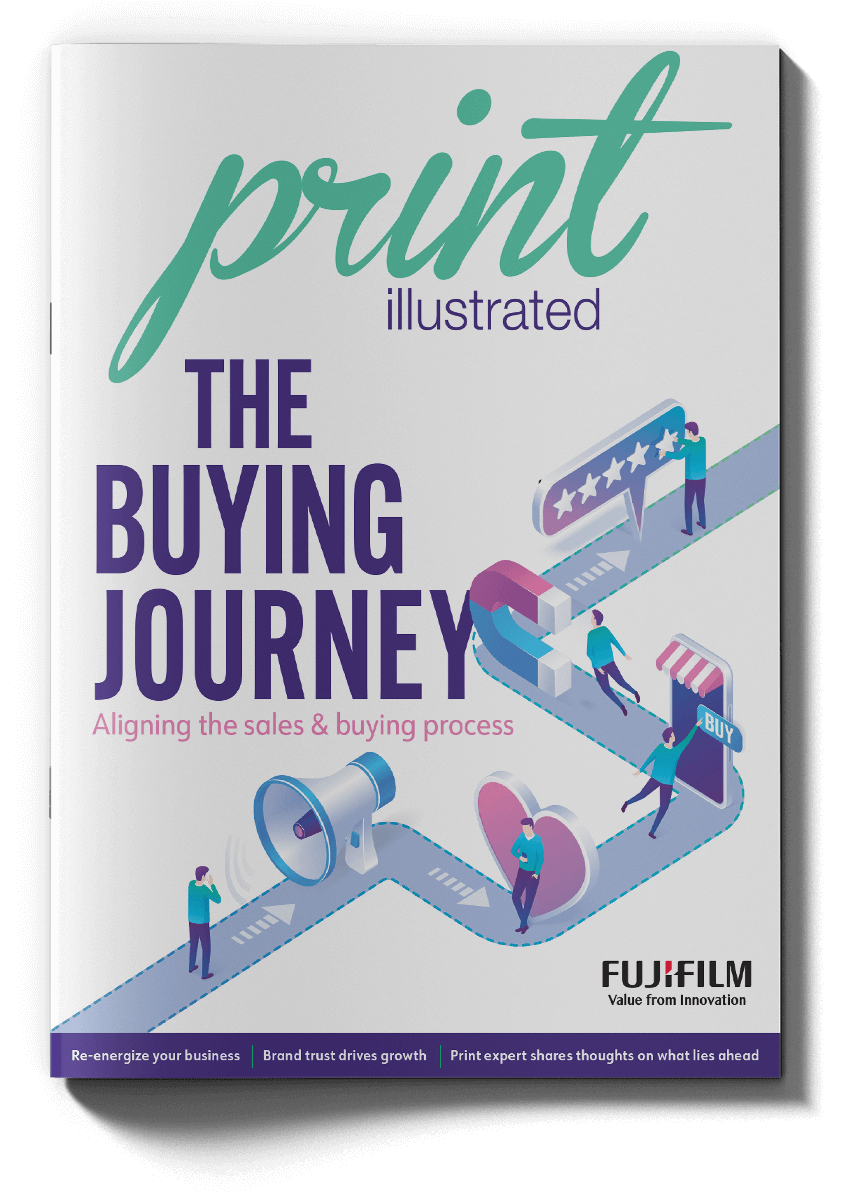In his game-changing book, “Ctrl Alt Delete: Reboot Your Business. Reboot Your Life. Your Future Depends on It,” bestselling author Mitch Joel warned that if your company did not start thinking about rebuilding its business model, it could end up obsolete. That was in 2013. One of the world’s foremost experts on the topic of change, the founder of acclaimed content firm Six Pixels Group is not someone who just thinks about the now. He believes in thinking about where things are going—how, where and when ideas and movements converge.
A stirring read on how to change both your business model and the way you operate it (rather than change management), “Ctr Alt Delete” is a blueprint for company leaders unafraid of thinking outside their purveyors. In it, he lays out the five key movements that can change businesses forever:
- Building direct relationships with “nonlinear” customers
- Utilitarianism marketing
- The convergence of passive and active media
- The shift from analytics and data to “brand-consumer marriage”
- The evolution from multiple screens down to one screen
As a Harvard instructor on applied creativity, Susan Robertson spends lots of time helping to empower individuals, teams and organizations to more nimbly adapt to the kind of changes Joel outlines. “One of the biggest challenges companies face today is keeping up with the ever-increasing pace of change. The need to constantly adapt is always at odds with the counter-balancing need for standardized systems and processes. Only the tiniest companies can sustain themselves without standardized processes; in order to grow and scale, the tasks of the business must become efficiently repeatable.”
“One of the biggest challenges companies face today is keeping up with the ever-increasing pace of change. The need to constantly adapt is always at odds with the counter-balancing need for standardized systems and processes.”
– Susan Robertson, Professor, Applied Sciences, Harvard University
Robertson, who has spent the past 20-plus years coaching Fortune 500 business leaders, says that having those necessary standardized processes in place can blind you to changing circumstances which might require rethinking what you’re doing and how you’re doing it. She says that it is about transforming your thinking from, “Why we can’t” to “How might we?”
To understand when to reboot, you first must dip your toe into neuroscience. Everyone shares a set of cognitive biases—mental shortcuts used for problem solving and decision making. To note, these cognitive biases are not individual or personal biases, they are a neuroscience phenomenon each of us share. Robertson believes it is critical to understand that they operate subconsciously, i.e., you are not aware when you are relying on them, which causes them to affect your thinking in unimaginable ways.
One of these cognitive biases is called the Status Quo Bias—a subconscious preference for the current state of affairs. “We use ‘current’ as a mental reference point, and any change from that is subconsciously assumed to be a loss,” Robertson says. “As a result, we frequently overestimate the risk of a change, and dramatically underestimate the risk of ‘business as usual.’ Our subconscious assumption that our current course is the least risky plan is potentially very dangerous.”

Relax. Breathe. Recharge.
Bestselling author and founder of Step Back Leadership Consulting, Jason V. Barger, likens the process of rebooting your company to breathing. With everything often seemingly splashing around you in uncontrollable waves, deep breaths are required. A leader’s role, simply put, is to breathe oxygen into their people with mindsets and actions that fuel energy, possibility, connection and progress, while flushing out negativity, blame and toxins.
“The best leaders and teams understand their role is to help give energy, hope and life so that their people are able to thrive in a complex environment,” Barger says. “These leaders and cultures are intentionally inhaling and exhaling with their people. The air they breathe and the mindsets they bring to stimulate action is everything.”
To find clarity in the decision-making process to reboot, Barger recommends several approaches that the companies he works with employ. The easiest place to start is to sketch out your vision and the direction you want your retooled business model to follow. Are both clear and viable options? Is your strategy set? The next step involves widening the circle of responsibilities at the table. Inclusive driven teams and strategies are always stronger.
Finally, taking ownership in your strategy and everyone you enlisted to make it happen is critical. Focusing on shifting conversations from blame to solution-focused discussions. “The best cultures proactively help their people breathe and navigate through obstacles, together,” Barger says. “The ecosystem of your culture is grown, developed, cultivated and led with intentionality, one breath at a time.”
“The best cultures proactively help their people breathe and navigate through obstacles, together. The ecosystem of your culture is grown, developed, cultivated and led with intentionality, one breath at a time.”
– Jason Barger, Founder, Step Back Leadership Consulting
Any reboot plan should be preceded by loads of creative thinking—a process that will help generate potential options before deciding on a final plan. Robertson says that a foundational principle in creative problem solving is the concept of separating divergent thinking (generating many ideas) from convergent thinking (making decisions about ideas).
“To avoid this scenario, you must establish the separation of divergence and convergence,” Robertson says. “Set the expectation that many potential ideas will be generated (divergent thinking) before any ideas are evaluated (convergent thinking). Reams of research and experience in the creative problem-solving process prove that this separation of these two thinking processes results in better outcomes.”
And while she warns that innovative ideas inherently come with some risk in the early phases of development, Robertson recommends doing due diligence to assess the true levels of risk that exist. If you kill an idea too early in the process, you will not have any truly innovative ideas to consider. “Once you have established a plan for a reboot, one of the biggest barriers will be getting everyone to accept that there’s actually a need for one. Most employees won’t have the same information and perspective that you have. Your primary objective is not only to fully communicate your vision, but to fully communicate the need for the change. That’s critical to helping your team understand that the risk of not changing is likely bigger than the risk of a reboot.”
Blackberry. Nokia. Blockbuster. As history reminds us, the economic landscape is littered with companies that have gone out of business by failing to recognize the need (and proper fundamentals) to execute change. Now more than ever, it is the time to get excited about the prospects (and need) for change.

